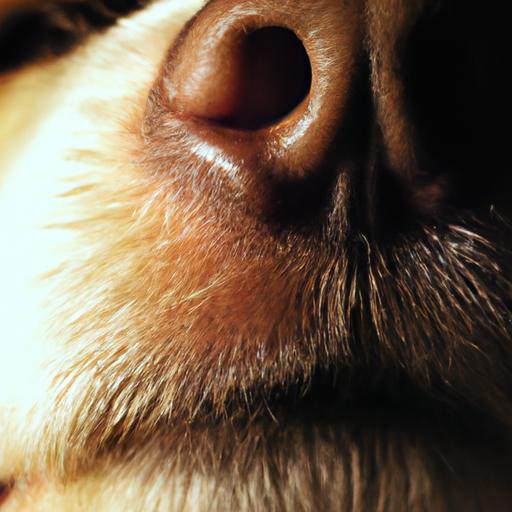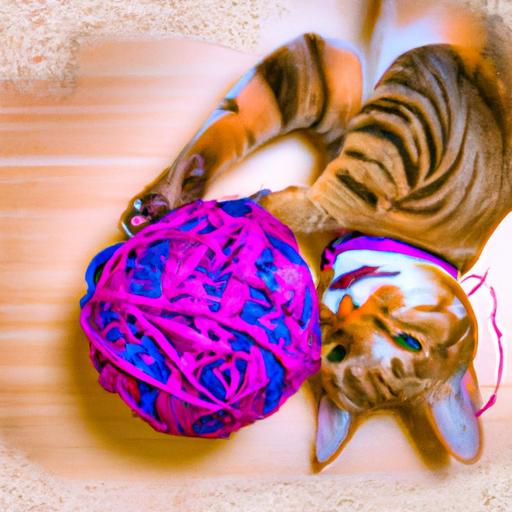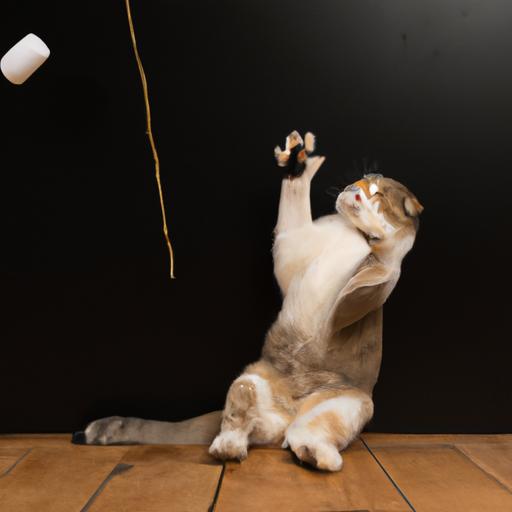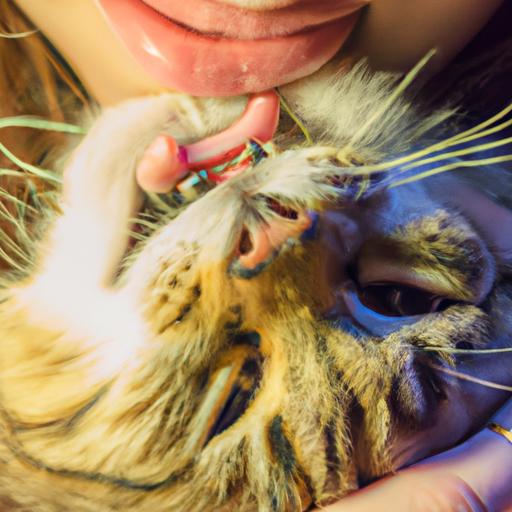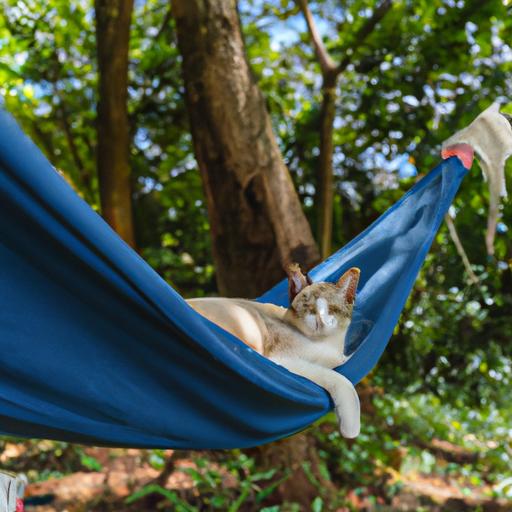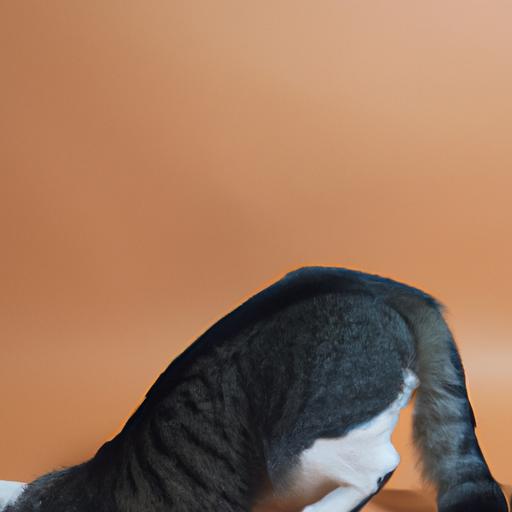
Understanding Cat Slow Tail Swishing: Decoding Feline Behavior
Discover the intricacies of understanding cat slow tail swishing. Decode feline behavior and learn how to respond to your cat’s needs.
Introduction
As cat owners, we often find ourselves captivated by the mysterious ways in which our feline friends communicate. One such behavior that piques our curiosity is “cat slow tail swishing.” In this article, we will delve into the intricacies of this intriguing behavior, exploring its meanings and implications. Understanding slow tail swishing will not only deepen our connection with our cats but also enable us to respond appropriately to their needs.
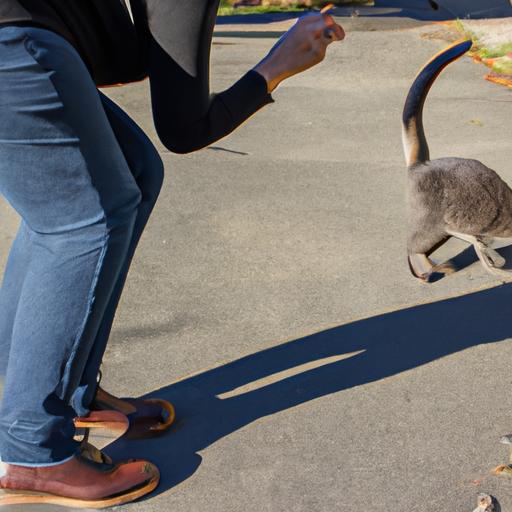
Understanding Cat Slow Tail Swishing
Definition of Cat Slow Tail Swishing
Cat slow tail swishing refers to the deliberate and measured movement of a cat’s tail from side to side. Unlike rapid tail movements, this behavior is characterized by its unhurried nature, often conveying a range of emotions and intentions. By paying attention to the context and accompanying cues, we can decipher the messages behind this seemingly simple action.
Communication and Body Language
Expressing Agitation or Annoyance
When a cat engages in slow tail swishing, it may be a sign of agitation or annoyance. As their primary means of non-verbal communication, cats use their tails to convey their emotions. A slow and deliberate swishing motion can indicate that your cat is reaching their threshold of tolerance. It’s their way of saying, “I’m not pleased with the current situation.”
Signaling Fear or Anxiety
In certain situations, slow tail swishing may stem from fear or anxiety. Cats may exhibit this behavior when confronted with unfamiliar environments, loud noises, or stressful events. By observing their tail movements, we can gauge their level of discomfort and take necessary steps to create a calm and safe space for them.
Indications of Potential Aggression
Warning Signs Before Attack
In some instances, slow tail swishing may precede aggressive behavior in cats. It serves as a warning sign, indicating that the cat is becoming increasingly agitated and may resort to defensive measures if provoked further. Recognizing this early cue can help us avoid potential conflicts and ensure the well-being of both our cat and ourselves.
Defensive Behavior
When under threat, cats may employ slow tail swishing as part of their defensive repertoire. This behavior, accompanied by other defensive postures like flattened ears or dilated pupils, signals their readiness to protect themselves. By understanding their body language, we can respond appropriately and diffuse the situation without escalating tensions.
Stress or Discomfort
Environmental Factors
Slow tail swishing can be a response to stressors in a cat’s environment. Changes in their surroundings, such as a new house, the arrival of a new pet, or rearranged furniture, can trigger this behavior. By identifying and addressing these stressors, we can help our cats feel more secure and reduce the incidence of slow tail swishing caused by environmental factors.
Health Issues
In some cases, slow tail swishing may be a manifestation of underlying health problems. Cats may exhibit this behavior if they are experiencing pain, discomfort, or illness. It is crucial to monitor their overall well-being, including their appetite, litter box habits, and any other abnormal signs, and consult a veterinarian if concerns arise.
Playful Behavior or Excitement
Differentiating Slow Tail Swishing from Rapid Tail Movements
While slow tail swishing is often associated with negative emotions, it is essential to recognize that cats also engage in this behavior while playing or feeling excited. By observing the overall body language and accompanying vocalizations, we can differentiate between slow tail swishing as a response to stress versus a playful behavior. Context is key in understanding the true meaning behind our feline companions’ actions.
Contextual Cues to Determine Playfulness
When a cat is in a playful mood, slow tail swishing can be accompanied by other signs of excitement, such as dilated eyes, crouching, or pouncing movements. It is crucial to provide appropriate outlets for their energy, such as interactive toys or play sessions, to ensure they have a healthy means of expressing their natural instincts.
FAQ about Cat Slow Tail Swishing
What should I do if my cat exhibits slow tail swishing?
If your cat displays slow tail swishing, it is essential to assess the situation holistically. Consider the context, their body language, and any other signs of discomfort or stress. If the behavior persists or is accompanied by other concerning symptoms, it is advisable to consult a veterinarian for a thorough evaluation.
Can slow tail swishing indicate a medical problem?
Yes, slow tail swishing can sometimes be a sign of underlying health issues in cats. It is crucial to monitor your cat’s overall well-being and seek professional advice if you notice any accompanying abnormal behaviors or physical symptoms.
How can I differentiate slow tail swishing from other tail movements?
Differentiating slow tail swishing from other tail movements requires careful observation of your cat’s body language and the context in which the behavior occurs. Rapid tail movements often indicate excitement or aggression, while slow tail swishing may convey a range of emotions, including discomfort, stress, or playfulness.
Are certain cat breeds more prone to slow tail swishing?
Tail swishing behavior can vary among individual cats regardless of breed. While some cats may exhibit slow tail swishing more frequently, it is not exclusive to specific breeds. Each cat is unique, and their behaviors are influenced by a combination of genetic and environmental factors.
Is slow tail swishing always a negative behavior?
Slow tail swishing is not always negative; it can be a normal part of a cat’s behavioral repertoire. It is essential to consider the overall body language and context to determine whether the behavior signifies contentment, stress, or other emotions. By understanding our cat’s individual preferences and needs, we can create a harmonious environment that promotes their well-being.
Conclusion
Understanding cat slow tail swishing allows us to decipher the intricate language of our feline companions. By paying attention to their body language and the context in which the behavior occurs, we can respond appropriately to their needs and emotions. Whether it signifies discomfort, stress, playfulness, or a warning, slow tail swishing provides valuable insights into our cats’ well-being. Remember, each cat is unique, so observing and understanding their individual behaviors is crucial. If in doubt, consult a veterinarian who can provide professional guidance tailored to your cat’s specific needs. Strengthening our bond with our cats through understanding is a rewarding journey that enriches both our lives and theirs.

















